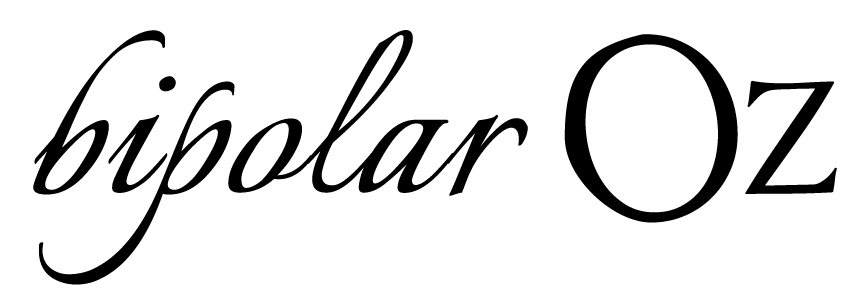Why Oz?
The weekend before my first speaking engagement, I returned to Rice University for inspiration. It was, after all, the campus where I had experienced my one and only manic episode--the episode that launched the odyssey to the moment where I could speak honestly about what had happened to me as a Rice senior. I had already started and deleted dozens of speeches, so what did I have to lose?
I looked up through the layered canopy of trees--the kind of canopy that exists only in rain-drenched Houston.
Light filtered through green leaves like so much God.
“Please,” I prayed, “give me the courage to speak about my brain from the heart.”
It struck me immediately: Oz. The lion had sought courage; the scarecrow had wanted a brain; the tin man had asked for a heart. It was all there. I wondered: Did the rest of my story track? It had been quite a long time since I had seen The Wizard of Oz.
But, as I stood there, I was struck by the shocking similarities between my story and Dorothy’s.
It starts with sepia: the ho-hum I’ve-done-it-all of senior year. Then came the tornado. Out of nowhere it descended, sweeping Dorothy up, spinning her life around, and dropping her into an entirely new land. I related: out of nowhere my mania came, lifting me high, then dropping me into a new world where I would forever be the “other,” forced to be aware of my status as “mentally ill” every day. After that came the Yellow Brick Road--fourteen years of remission. I was protected from harm and did well, progressing from college, to law school, to career, to marriage.
I thought I was safe. With my group of trusted friends and my ruby slippers (protective lithium and therapy), I reached my Emerald City. I was, I thought, at my happy ending--I got pregnant and had a daughter. But six months into her life I was sent back out, and the Haunted Forest loomed: I was struck with anxiety and depression. I struggled to get better for my daughter, but after two years, the winged monkey on my back dropped me into a deeper depression. I was in the castle. There, I faced the Wicked Witch of the West: I attempted suicide.
It was electricity -not water- that killed the Witch.
I was saved by shock treatment, also known as electroconvulsive treatment (“ECT”). Of course, that alone did not get me back to the Emerald City. Medication and therapy again kept me on the road to recovery and helped me navigate a new job, new friendships, and new challenges. Amid Witch-Is-Dead ding-donging, a life beyond my wildest dreams has emerged. I’m an overjoyed mother, I’m at the top of my career, and I’m blissfully wealthy in friendships. I am in the Emerald City.
Five days after my Oz-spiration at Rice, I compared my personal story to The Wizard of Oz in my first public presentation. (My nerve-rattled speech is available for viewing on this site.) It was only later that I realized that I had stopped at the Emerald City in my speech. I hadn’t even considered the most famous scene in the movie: the clicking red heels and “There’s no place like home.”
It’s amazing how another person’s story can provide guidance. I had to think about Dorothy’s longing for home for a long time. I cannot go back to my senior year. I cannot go back to not being bipolar. I cannot go back to the innocence of not knowing my condition. But I can go back to being in a place where I can be honest about who I am without being judged negatively for it. I may have to change that society a little bit--person by person--but I am up to that challenge.
“Home,” for me, is living in a world that accepts me for who I am.
And there’s no place like it.
I hope bipolaroz.com gets us all closer to home….


